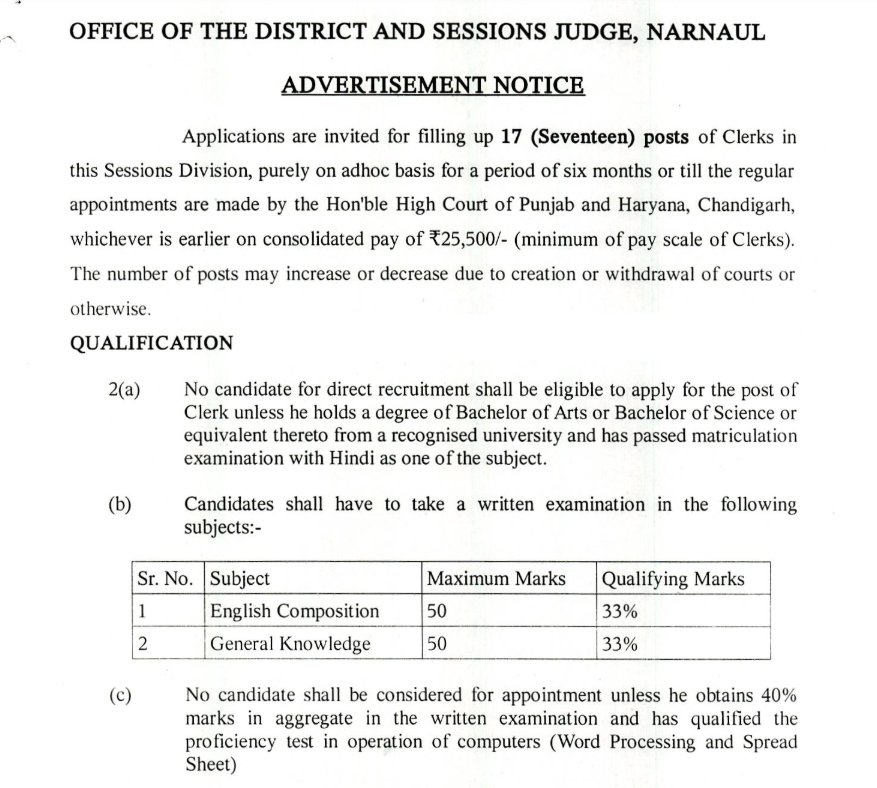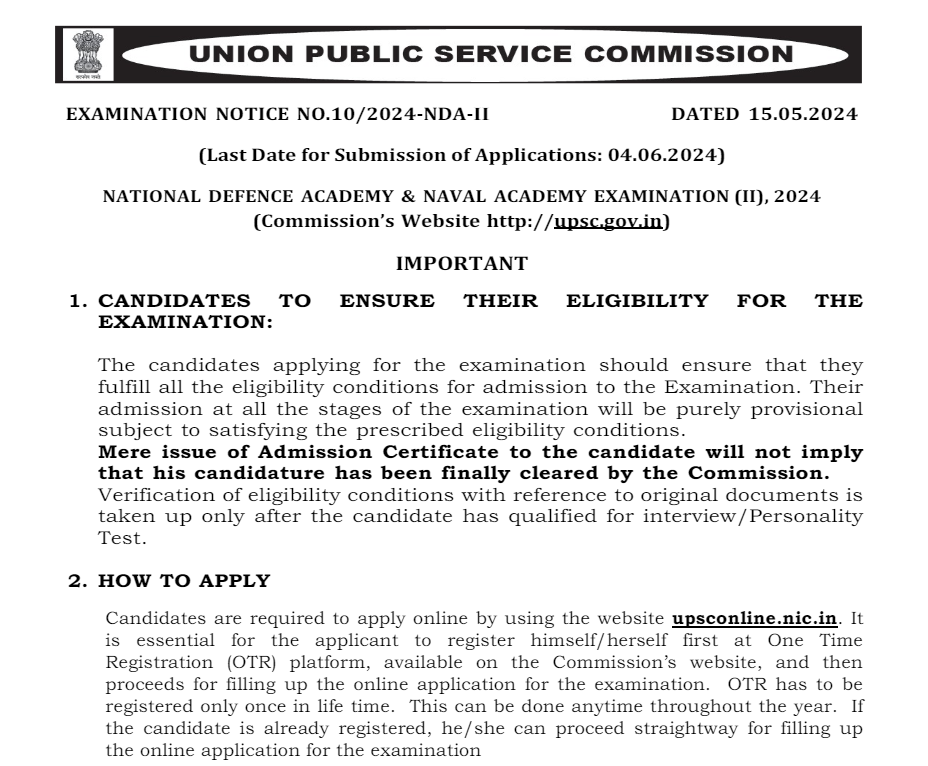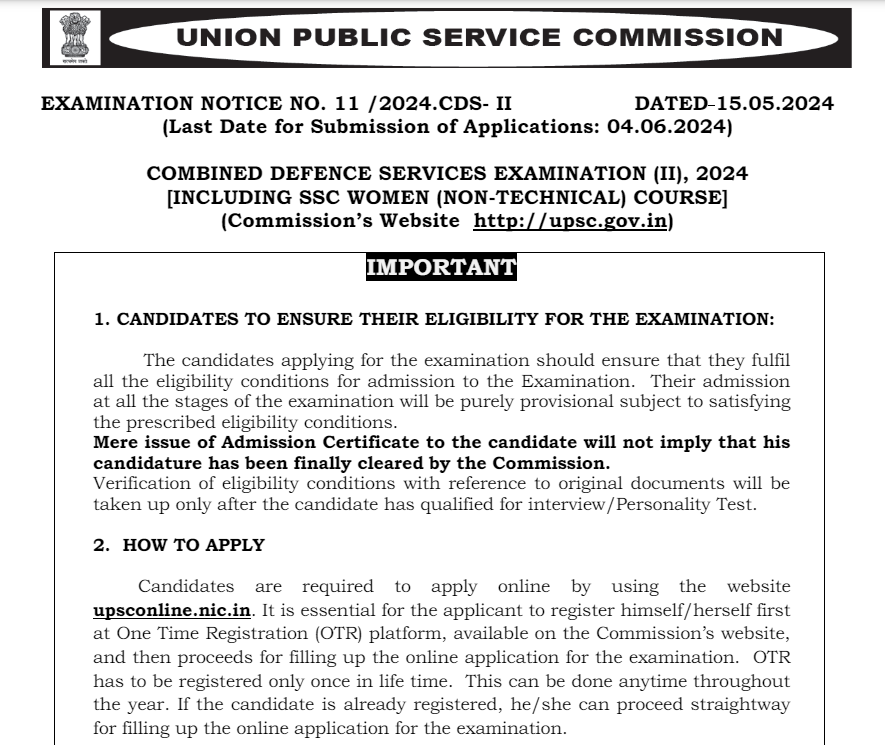Synchronous Motors PART 3

Category –EE Online Test
Telegram-Join Us On Telegram
Attempt Free Synchronous Motors PART 3 Here. Read The Important Electrical MCQ From Below.
(A) changing the applied voltage
(B) interchanging any two phases
(C) changing the load
(D) changing the frequency of supply.Get Answer
32. A 3 phase, 400 V, 50 Hz synchronous motor is operating at zero power factor lagging with respect to the excitation voltage. The armature reaction mmf. produced by the armature current will be
(A) magnetizing
(B) demagnetizing
(C) cross-magnetizing
(D) none of the above.
Get Answer
33. In a synchronous motor, the torque angle is
(A) the angle between the rotating stator flux and rotor poles
(B) the angle between magnetizing current and back emf
(C) the angle between the supply voltage and the back emf
(D) none of the above.
Get Answer
Synchronous Motors PART 3
34. A 3 phase, 400 V, 50 Hz, 4 pole synchronous motor has a load angle of 10° electrical. The equivalent mechanical degrees will be 35.
(A) 10°
(B)5√2 degrees
(C) 5 degrees
(D) 1 degree.
Get Answer
35. A 3 phase, 400 V, 50 Hz synchronous motor has fixed excitation. The load on the motor is doubled. The torque angle, φi will become nearly
(A) φr /2
(B) φr
(C)2 φr
(D) √ 2 φr
Get Answer
36. The hunting in a synchronous motor takes place when
(A) friction in bearings is more
(B) air gap is less
(C) load is variable
(D) load is constant.
Get Answer
Synchronous Motors PART 3
37. V curves for a synchronous motor represent relation between
(A) field current and speed
(B) field current and power factor
(C) power factor and speed
(D) armature current and field current.
Get Answer
38. The breakdown. torque of a synchronous motor varies as
(A)1 /(applied voltage )
(B) 1/(applied voltage )2
(C) applied voltage
(D) (applied voltage)2.
Get Answer
Synchronous Motors PART 3
39. Hunting in a synchronous motor cannot be due to
(A) variable frequency
(B) variable load
(C) variable supply voltage
(D) windage friction.
Get Answer
40. When the excitation of an unloaded salient pole synchronous motor suddenly gets disconnected
(A) the motor stops
(B) it runs as a reluctance motor at the same speed
(C) it runs at a reluctance motor at a lower speed.
Get Answer
41. Which synchronous motor will be smallest in size ?
(A) 5 HP, 500 rpm
(B) 5 HP, 375 rpm
(C) 10 HP, 500 rpm
(D) 10 HP, 375 rpm.
Get Answer
Synchronous Motors PART 3
42. A synchronous machine has its field winding on the stator and armature winding on the rotor. Under steady running conditions, the air-gap field
(A) rotates at synchronous speed with respect to stator
(B) rotates at synchronous speed with direction of rotation of the rotor
(C) remains stationary with respect to stator
(D) remains stationary with respect to rotor.
Get Answer
43. If the field of a synchronous motor is under-excited, the power factor will be
(A) unity
(B) lagging
(C) leading
(D) more than unity.
Get Answer
44. The name plate of an induction motor reads 3 phase. 400 V, 50 Hz. 0.8 of lagging, 1440 rpm. On similar lines the name plate of a synchronous motor should read
(A) 3 phase, 400 V, 50 Hz, 0.8 pf lagging, 1500 rpm
(B) 3 phase, 400 V. 50 Hz, 0.8 pf leading, 1500 rpm
(C) 3 phase, 400 V, 50/60 Hz, 0.8 pf lagging, 1500 rpm
(D) 3 phase. 400 V, 50/60 Hz, 0.8 pf leading, 1500 rpm.
Get Answer
45. In which coil the emf generated will be more, for given flux distribution and number of turns
(A) Full pitch coil
(B) Short pitch coil
(C) Long pitch coil
(D) Equal emf will be generated in all cases.
Get Answer
Synchronous Motors PART 3














